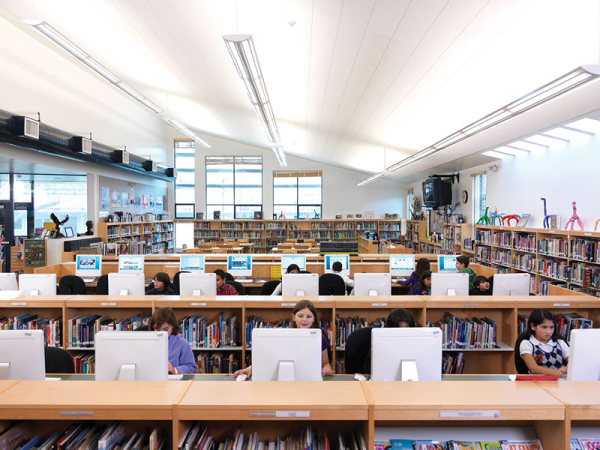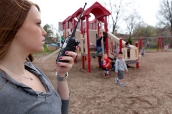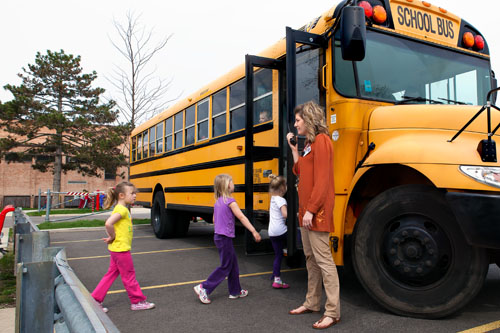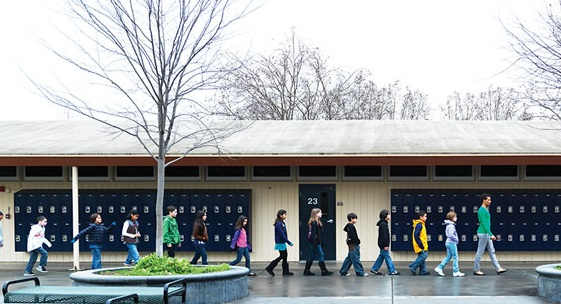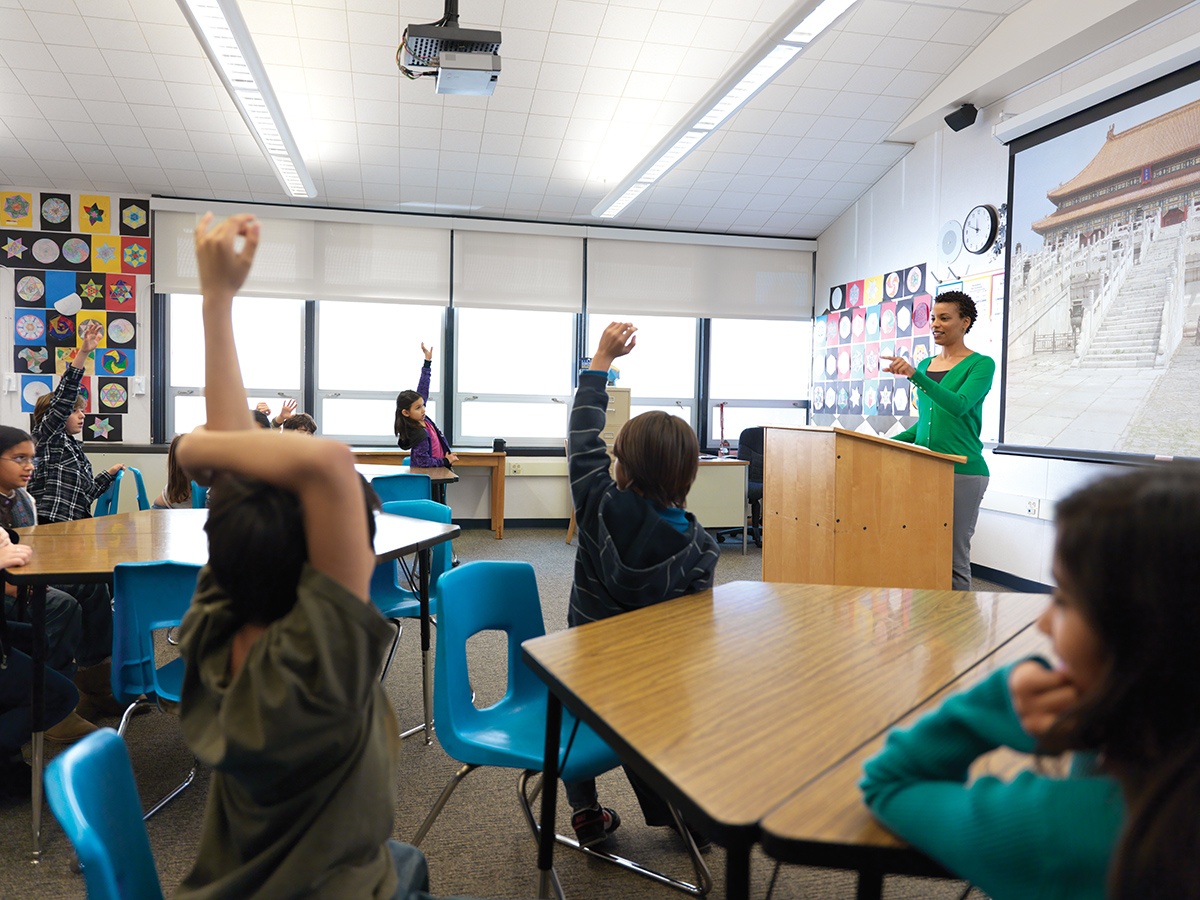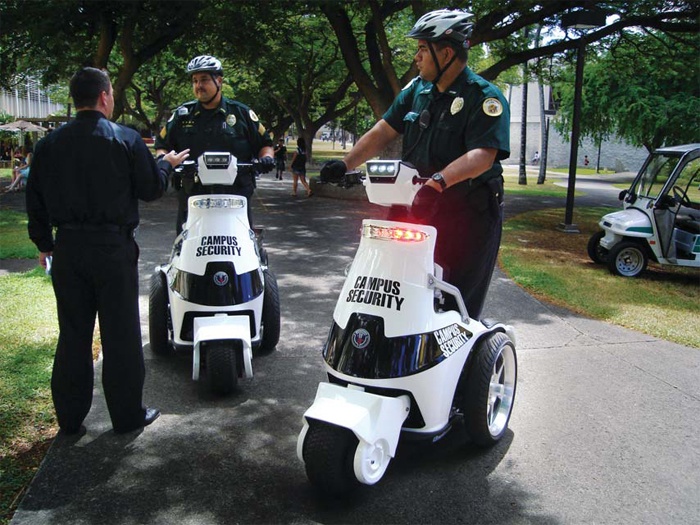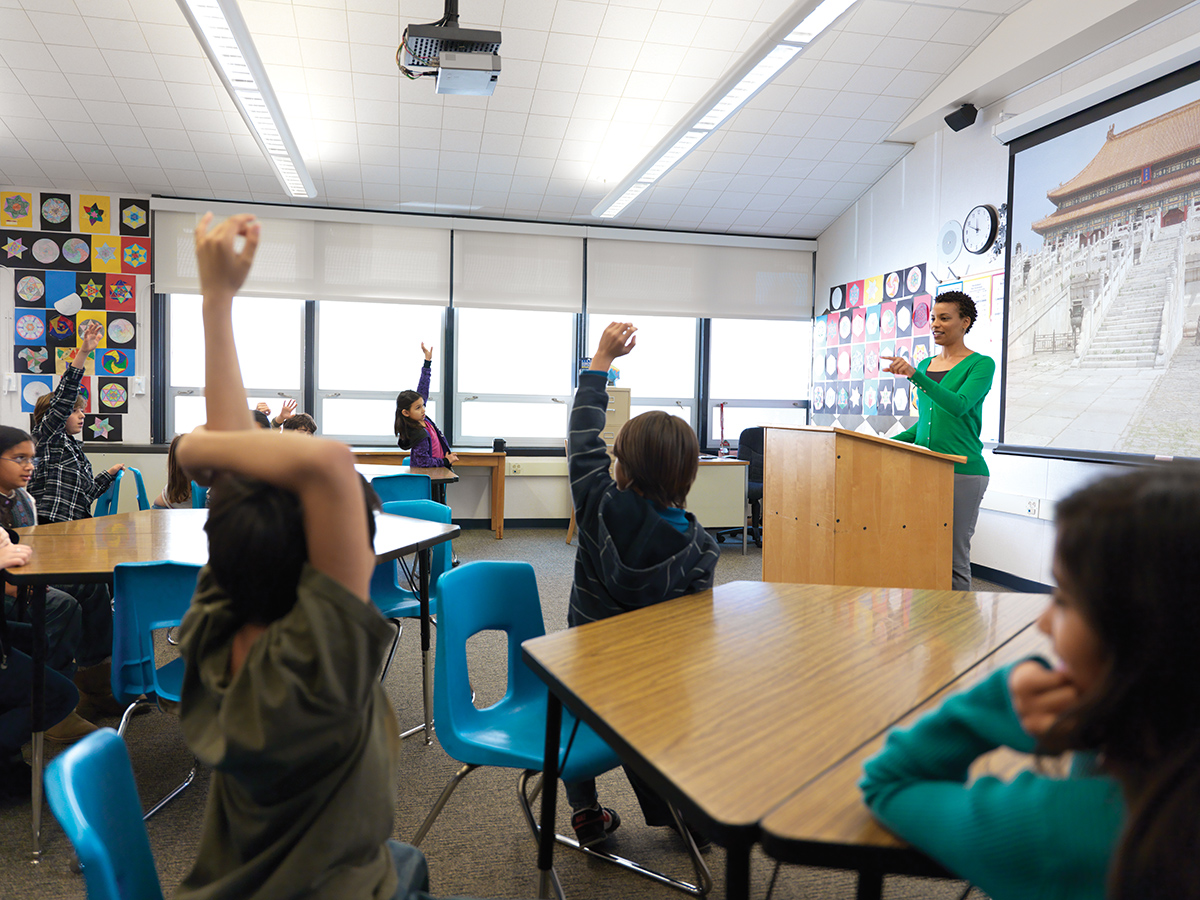In the not too distant past, administrators and educators didn't have to worry about things like connecting students and teachers to school WiFi – school supplies came in boxes and filmstrips were considered high-tech.
When computers and other technology did initially become available, they were shared by students, teachers and administrators alike in group computer labs, and getting time on a computer was a challenge.
Today, of course, it’s hard to imagine educational settings without individual access to computers, tablets, laptops and lightning fast school WiFi. It’s worth taking a closer look at the critical role technology in schools plays, from school safety to campus communication, and how your campus can stay connected.

